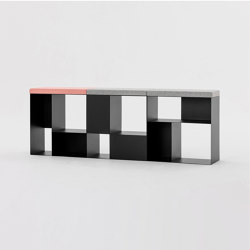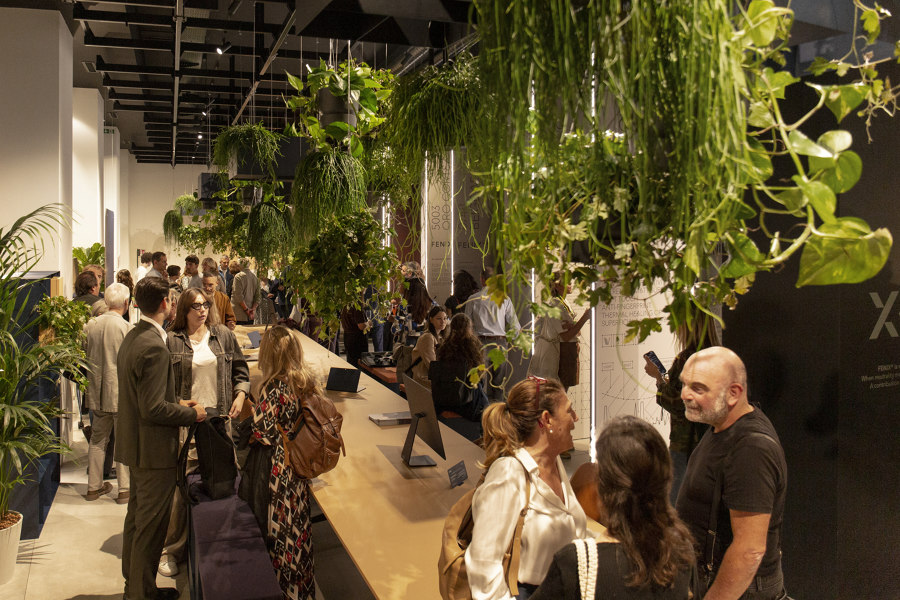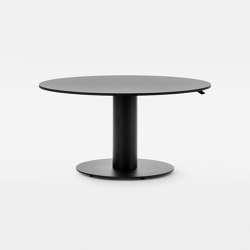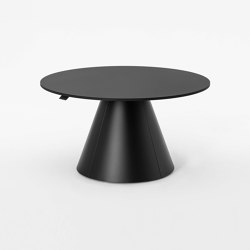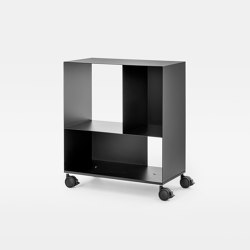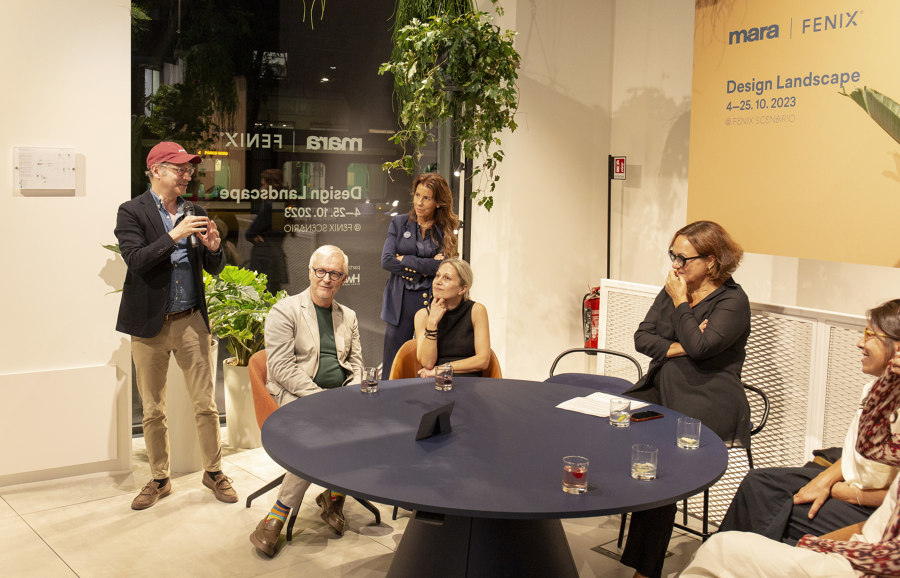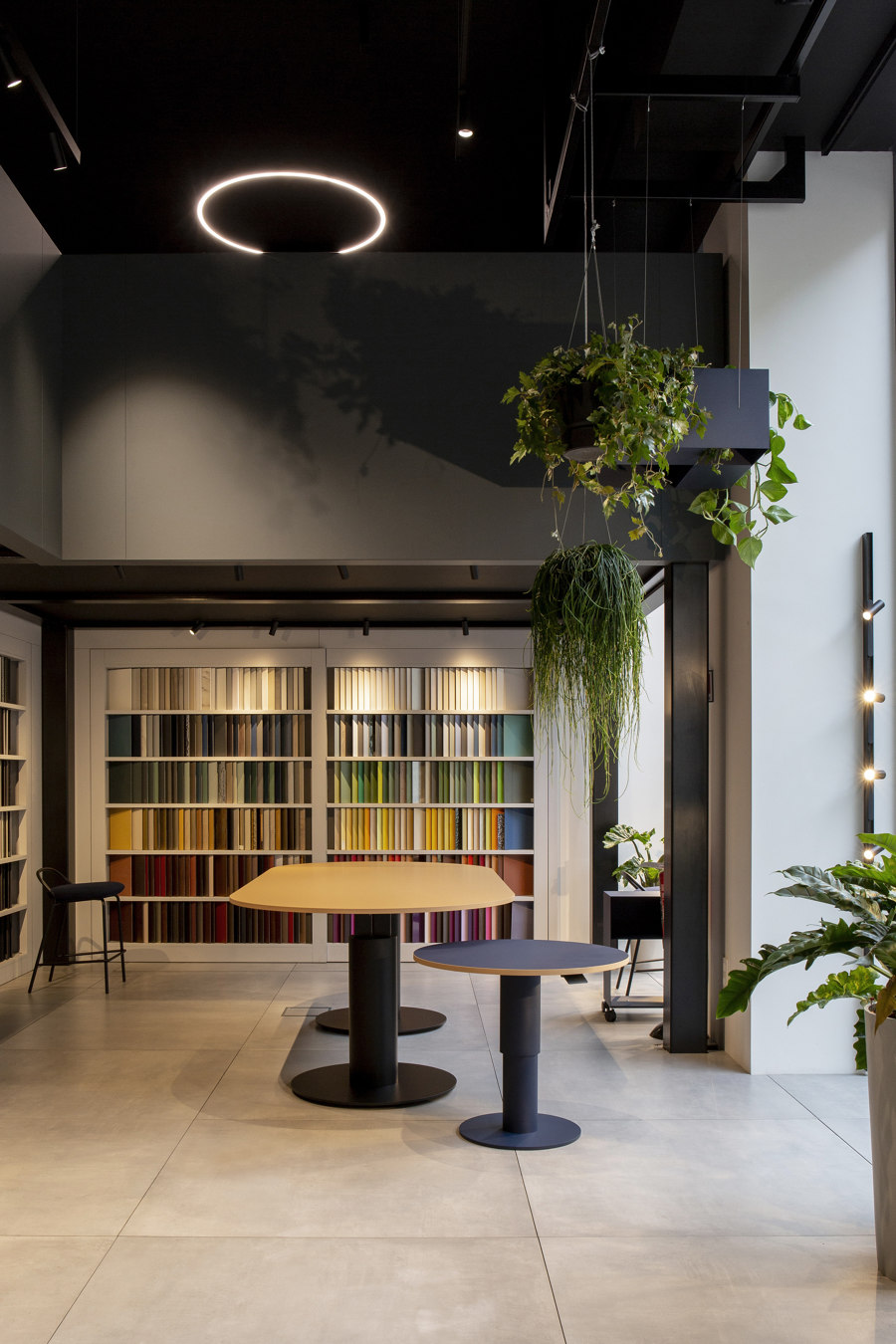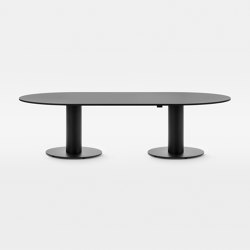Mara’s Milan manifesto: designing furniture that makes us feel
Brand story by Simon Keane-Cowell
Passirano Brescia, Italy
24.10.23
Following the brand’s evolutionary journey, Architonic caught up with Mara at its ‘Design Landscape’ in Milan – an immersive installation shaped by a desire to stimulate the senses, inspire new expressions of furniture and forge meaningful connections.
Resembling an urban landscape, the 'Design Landscape ' installation in Milan prompts curiosity with intense hues, vigorous plants and an evocative combination of Mara’s collections for residential, work and hybrid settings
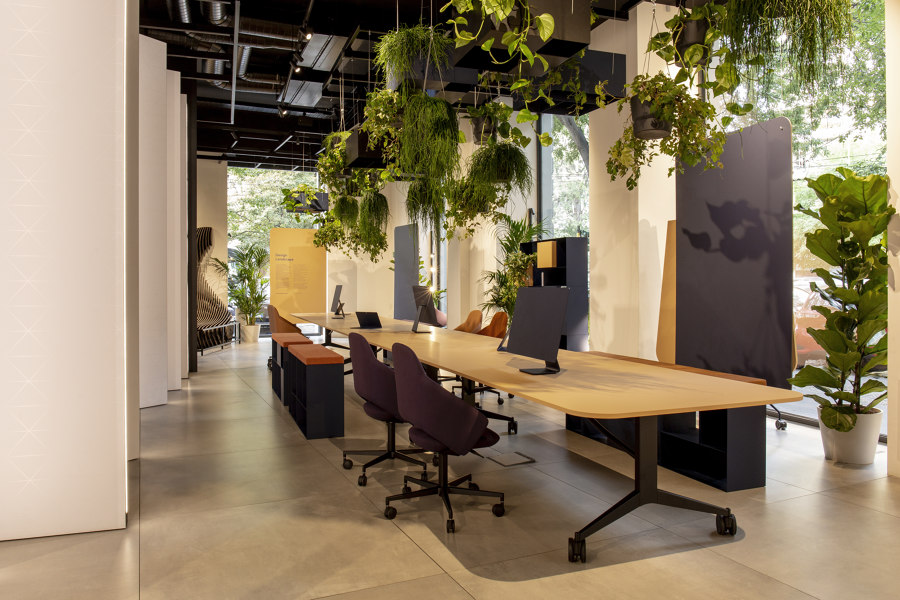
Resembling an urban landscape, the 'Design Landscape ' installation in Milan prompts curiosity with intense hues, vigorous plants and an evocative combination of Mara’s collections for residential, work and hybrid settings
×If we consciously design products that encourage us to cultivate a deeper, more emotional relationship with them, will this result in us consuming fewer products?
This is the question I posed to a panel of design experts at a recent event in Milan, organised by fast-growing Italian furniture brand Mara. The physical context was a beautifully considered installation of their furniture at the Fenix Scenario showroom in the city’s Brera district, entitled ‘Design Landscape’, and the conversational one anthropocentric design. How do we design more effectively for people?
The Fenix showroom highlights key aspects of Mara’s design approach – namely, the emphasis on the sensorial quality of its furniture to create engaging, emotional and sustainable interiors
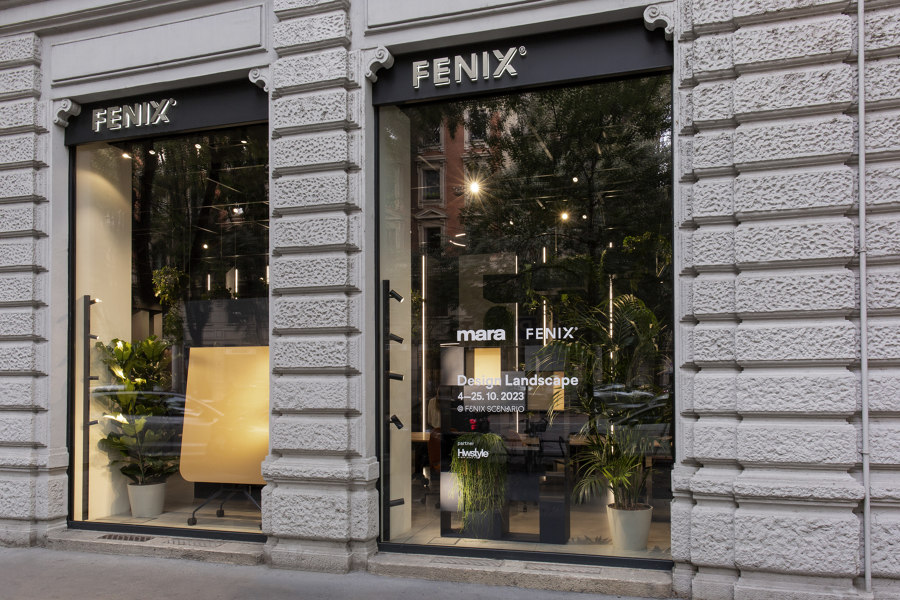
The Fenix showroom highlights key aspects of Mara’s design approach – namely, the emphasis on the sensorial quality of its furniture to create engaging, emotional and sustainable interiors
×The logic underpinning my question was as follows: if we have a more caring, or even loving, connection with the objects that surround us, we’ll be less likely to dispose of them and, by extension, help drive a circular economy as we keep them a lifetime, repairing and restoring them, perhaps even passing them on to others for reuse. In short, sustainability is built into products that make us feel good.
Mara’s furniture makes an appearance all around. Pictured here, a lounge area with Follow tables (Meeting and Meeting Cone), a B302 bookcase and the new Icon lounge chair in leather
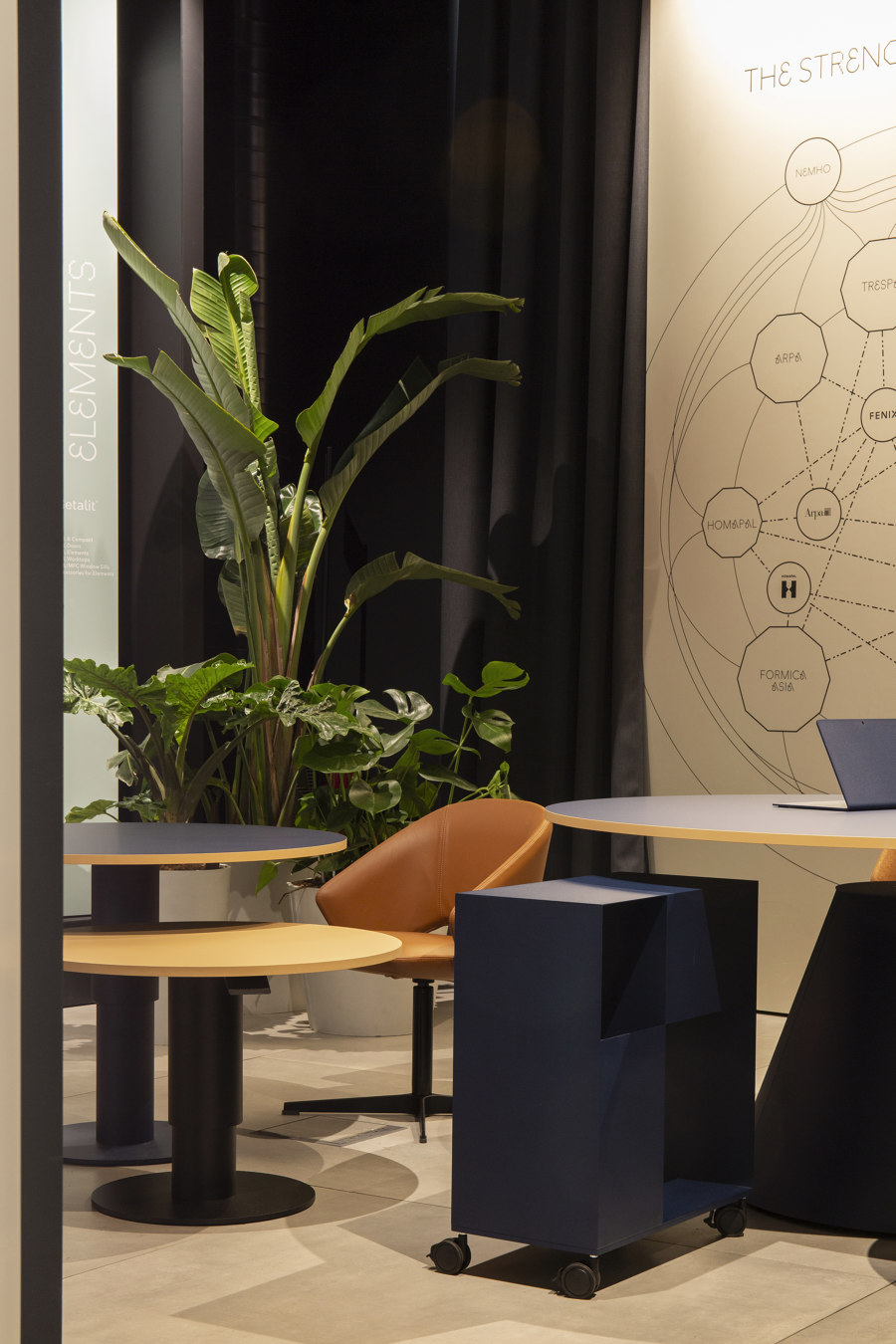
Mara’s furniture makes an appearance all around. Pictured here, a lounge area with Follow tables (Meeting and Meeting Cone), a B302 bookcase and the new Icon lounge chair in leather
×Enter ‘human-plus’, sensory design
Trained industrial designer and Dean of the School of Design at the Politecnico di Milano, Francesco Zurlo, reminded the audience of the need to think beyond the idea of human-centred design and grasp instead the concept of ‘human-plus design’, meaning the well-being of people and of our environment in lockstep. Substitute the word ‘people’ with ‘planet’ in the term anthropocentric and you see where we need to be heading.
Sustainability is built into products that make us feel good
Further contributions to the debate came from Laura Marchina, Managing Director at Mara, Emma Clerici and Manuela Bonaiti of Baolab Studio – specialists in colour, materials and finishings – and from Cristina Boeri, Professor of Colour and Perception at the Politecnico di Milano. They addressed among other topics (perhaps unsurprisingly) the deployment of colour in a more dynamic way for a sensorial effect; and (perhaps surprisingly) the example of the metaverse as a reference for just how actively colour could, and should, shape our analogue material world.
Design experts gathered for a panel talk on anthropocentric design. The conversation delved into colour, sensory design, sustainability and more
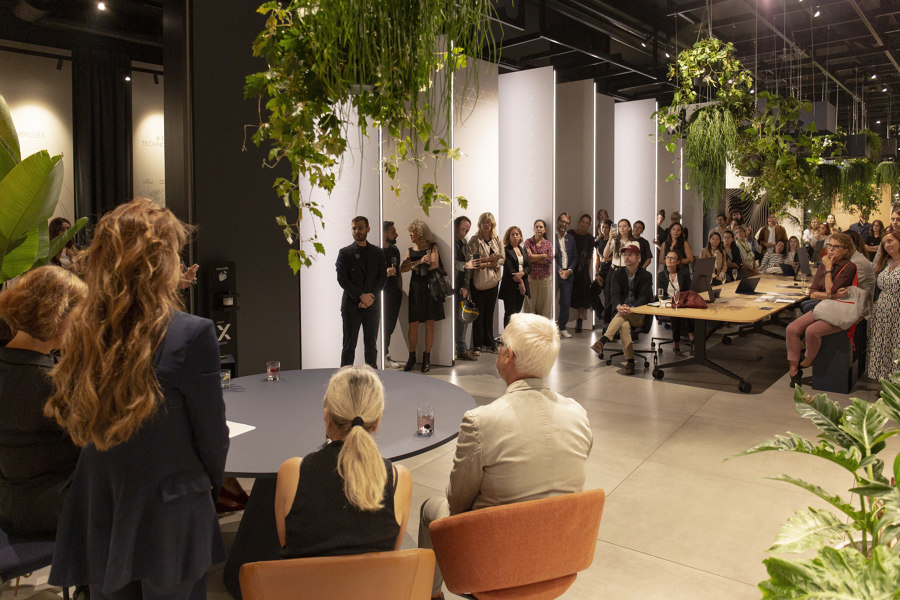
Design experts gathered for a panel talk on anthropocentric design. The conversation delved into colour, sensory design, sustainability and more
×Embracing change and looking ahead
But what’s at stake here for a company like Mara? Why would they organise such a discussion? Well, it’s great content of course and the assembled crowd of architects, interior architects and planners were suitably engaged in the ideas the panel put forward. But it’s also a sign of the brand’s maturing, as it moves from being a manufacturer of ultra-functional furniture for office and hospitality to one of products that display a more visually sophisticated, more tactile, more friendly character – while retaining their precise engineering and quality materiality.
There’s not only a desire to contribute to the culture of what our material landscape can look and feel like, there’s also a canny move towards collaboration
As Mara’s portfolio of tables, chairs and various complements become increasingly specified for the home, as well as for hybrid settings, there’s not only a desire on the part of the business to contribute to the discourse, to the culture of what our material landscape can look and feel like, there’s also a canny move towards collaboration. The reason why Mara chose Fenix – specialist producers of high-end matt and soft-touch materials – to host their ‘Design Landscape’ is simple: the latter’s exclusive surfaces have been used to finish a range of table tops in Mara’s collection to maximum aesthetic effect, both visual and haptic.
Mara’s products are evolving to adopt a more sophisticated, tactile character. Pictured above, the Follow Meeting and Follow Meeting Large with an Icon stool; below, the Timmy table, Icon High-Back chairs and B302 bench
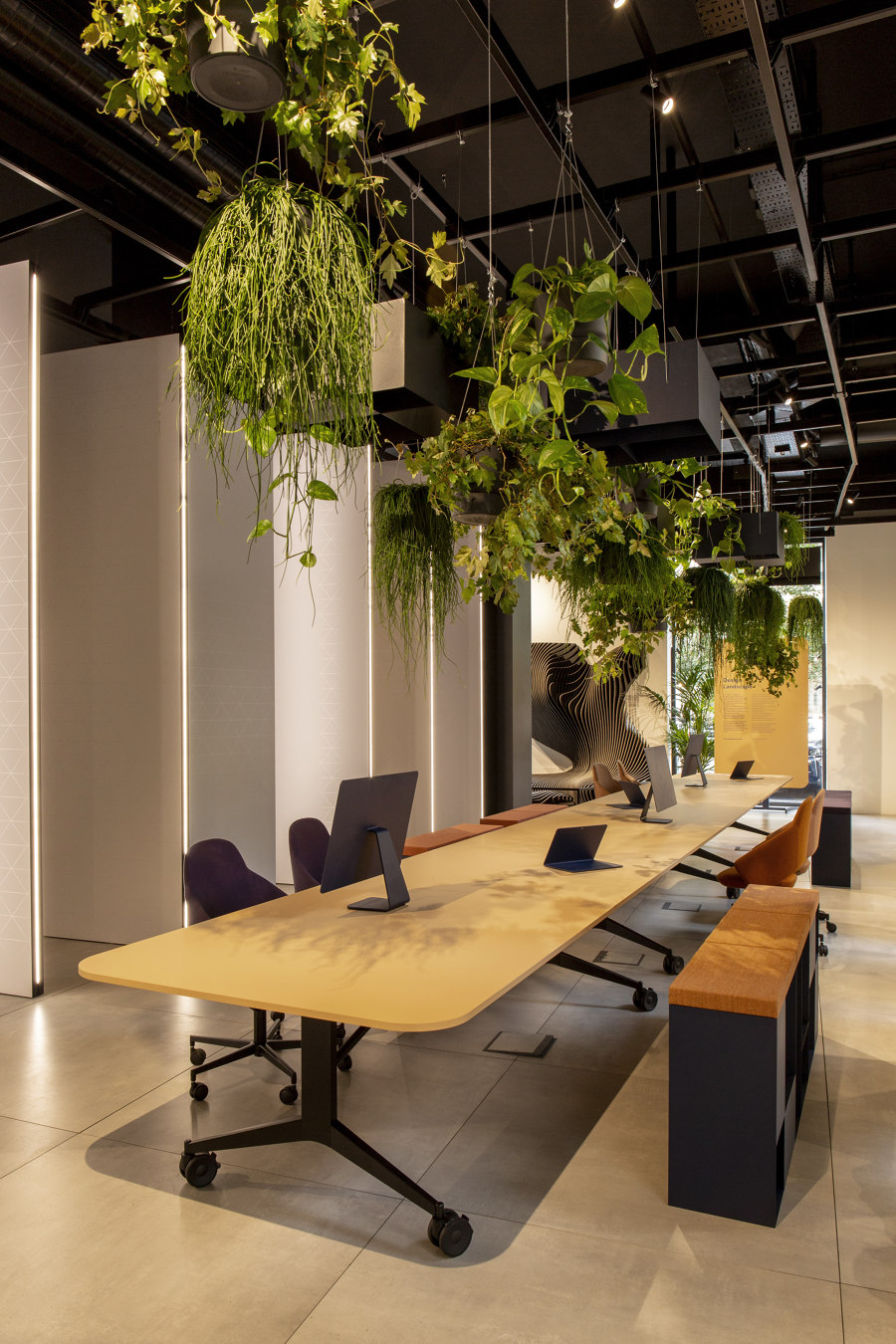
Mara’s products are evolving to adopt a more sophisticated, tactile character. Pictured above, the Follow Meeting and Follow Meeting Large with an Icon stool; below, the Timmy table, Icon High-Back chairs and B302 bench
×Fluent in architecture
Featuring an edit of the manufacturer’s iconic and newer products, the Milan installation did two things. On the one hand, it was very effective in creating a sense of how convivial and collaborative an atmosphere Mara’s tables and chairs can create when combined. On the other, it spoke the language of architecture, functioning as a clever piece of micro ‘urban planning’: a long horizontal element in the centre of the space (made up of three Timmy Libro foldable tables), for example, was counterpointed by table tops placed vertically in the showroom windows, like diminutive high-rise facades.
Brand building as micro building. Design has never felt so good.
© Architonic
Head to the Architonic Magazine for more insights on the latest products, trends and practices in architecture and design.


